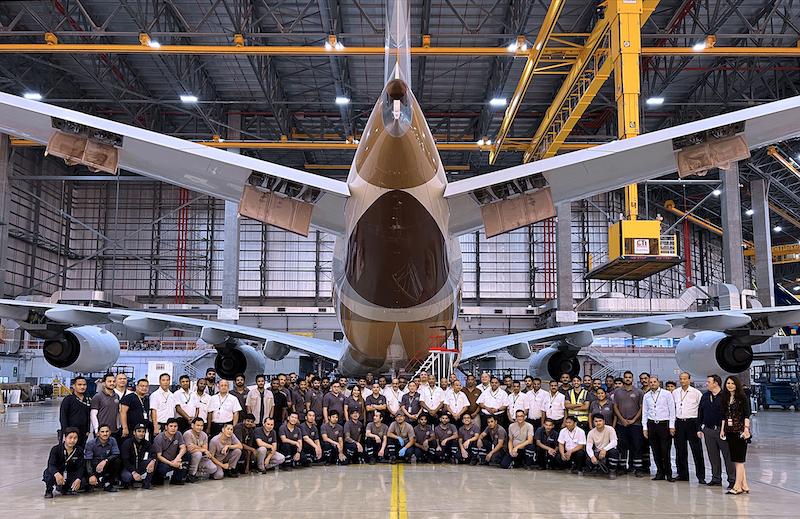
Etihad Engineering personnel mark the first Airbus A380’s return to the airline’s active fleet.
Credit: Etihad Engineering
Etihad Airways is returning four of its Airbus A380s to service as the carrier seeks to expand its route network. Etihad Engineering, Etihad Group’s maintenance, repair and overhaul (MRO) arm, has completed a six-year heavy maintenance check on the first of the aircraft—which, like its nine sister...
Subscription Required
This content requires a subscription to one of the Aviation Week Intelligence Network (AWIN) bundles.
Schedule a demo today to find out how you can access this content and similar content related to your area of the global aviation industry.
Already an AWIN subscriber? Login
Did you know? Aviation Week has won top honors multiple times in the Jesse H. Neal National Business Journalism Awards, the business-to-business media equivalent of the Pulitzer Prizes.





